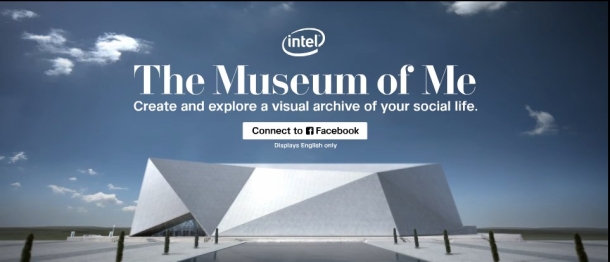
What ever happened to “immersive”?
You know, those campaigns that are so absorbing, so experiential, so deep and rich and mesmerizing that the viewer/audience/consumer is swept up in the experience. Transported, and in some small way, transformed. They’re also compelled to share and pass on campaigns like this. Truly immersive ads are always viral.
Digital was supposed to be more immersive than present reality allows. Arguably, Burger King’s Subservient Chicken was immersive. People spent hours commanding the chicken to do things, and even hacking the chicken to do NSFW things. According to the advertiser, the campaign even sparked a spike in the sales of the chicken sandwich it oh, so subtly promoted.
As digital technology has evolved, you’d think there would be more immersive campaigns, wouldn’t you? We’ve learned and grown, have more tools at our disposal and sophisticated developers who can manipulate them, working in tandem with inspired creatives.
I’m not talking world-class video here. Not to denigrate top-notch video, but even at its best video is engaging, not immersive. I’m making that call because video – even digital video – is so rarely interactive, even when it is beautiful and breathtaking.
What recent campaigns have been genuinely immersive? Not a lot comes to mind. Two are Facebook integrations. First, Intel’s breathtaking Museum of Me, Intel’s visual representation of your social life as a museum installation. Because the rich, sweeping and breathtaking visuals pull data from the viewer’s Facebook profile, some critics decried the initiative as creepy.
The Museum of Me wasn’t as creepy by half as its evil twin, Take This Lollipop. This Facebook integration (now offline, with a page cryptically stating “it has begun”) was the fastest-growing Facebook application ever. But it wasn’t a marketing campaign, but rather a side project by Jason Zada who, according to Mashable, created OfficeMax’s Elf Yourself.
Another fairly recent example of a truly immersive execution was the Google Chrome HTML5 experiment, The Wilderness Downtown, an interactive film built on (among other things) Google Maps. It eventually brings the viewer home. Literally.
What do all these immersive campaigns share in common? The oldest, most hackneyed truest truism in digital marketing: it’s about the user. All these executions are, literally, about the user, who is front and center in the action. The viewer is the star of the show, and firmly in the driver’s seat.
So why aren’t we seeing more of this highly creative and utterly interactive immersive stuff?
In many ways, what technology enables, technology taketh away. At least, it does in this still early stage of digital evolution.
As rapidly as the cool new technologies are being rolled out that enable this stuff, so too are new platforms (especially mobile ones) being introduced every day on which they’re incompatible. Even on PCs, they require updated browsers and installed plug-ins.
Making an app? Is it for iOS, Android, Kindle Fire or Blackberry? Digitally, we still live in an era many of us have experienced before. Bet you remember some of these: 8-track or cassette? Betamax or VHS? Regular DVD or Blu-ray flavor?
The point? To be immersive, a campaign has to be really, really interactive. But it also has to provide an utterly flawless user experience. Otherwise, it’s immersive in all the wrong ways.
It’s hard to conceive how, with a proliferation of new technologies and new platforms, many of which have not yet figured out how to meet in the middle, campaigns can be truly immersive – and reach everyone.
We’re just not there yet.
